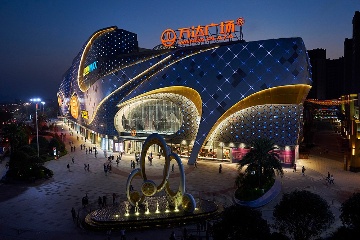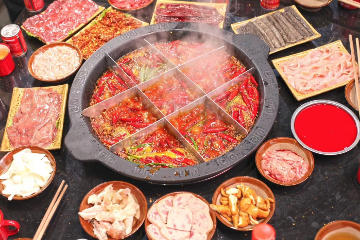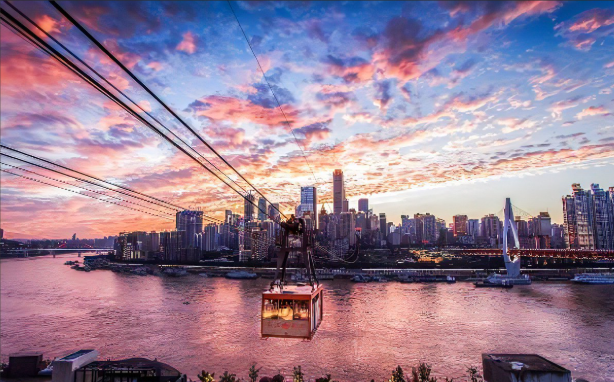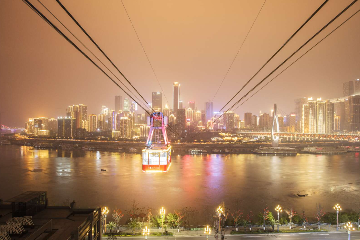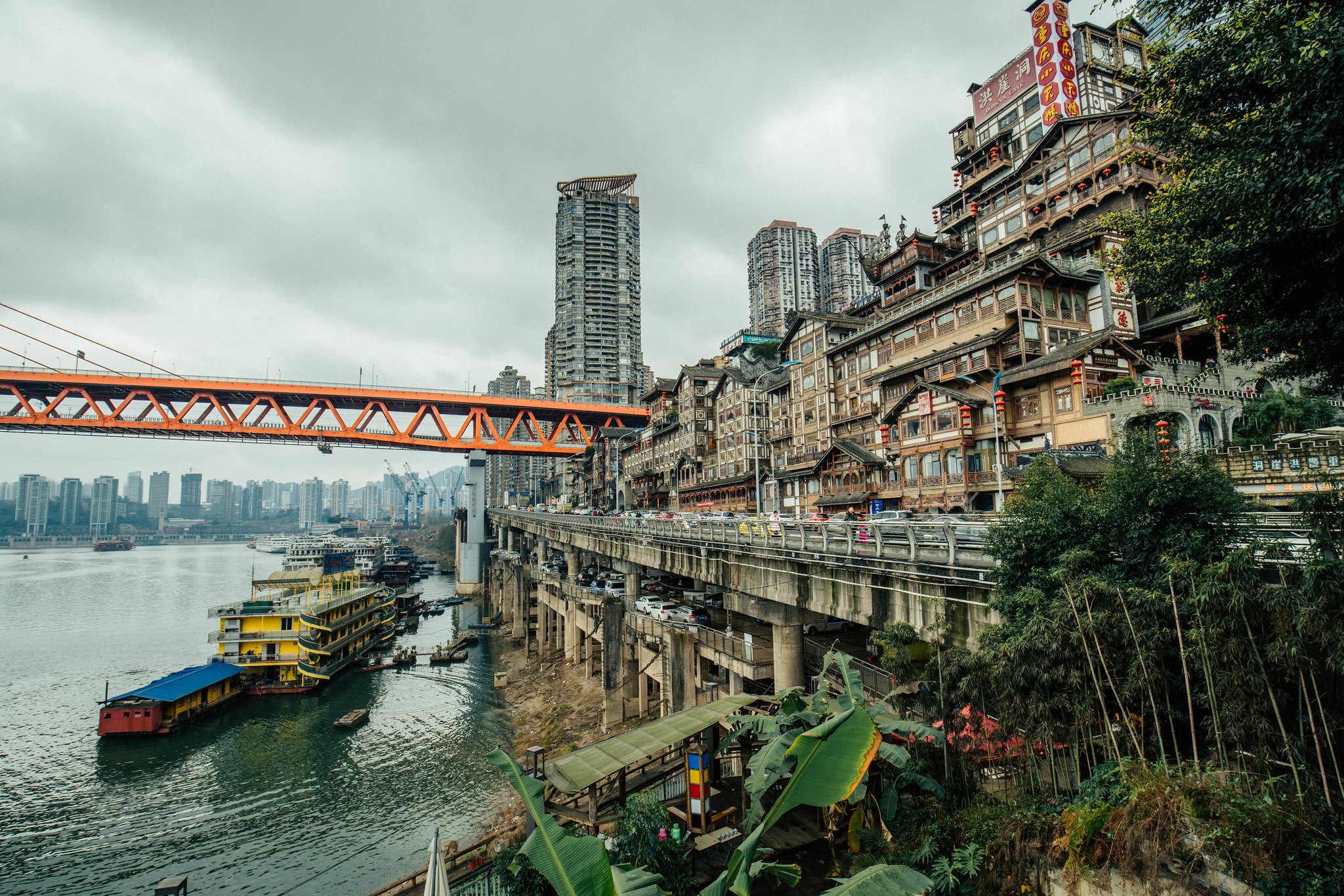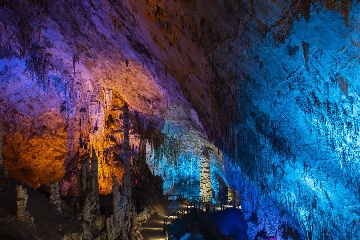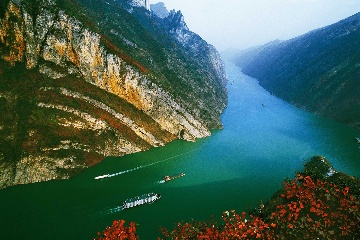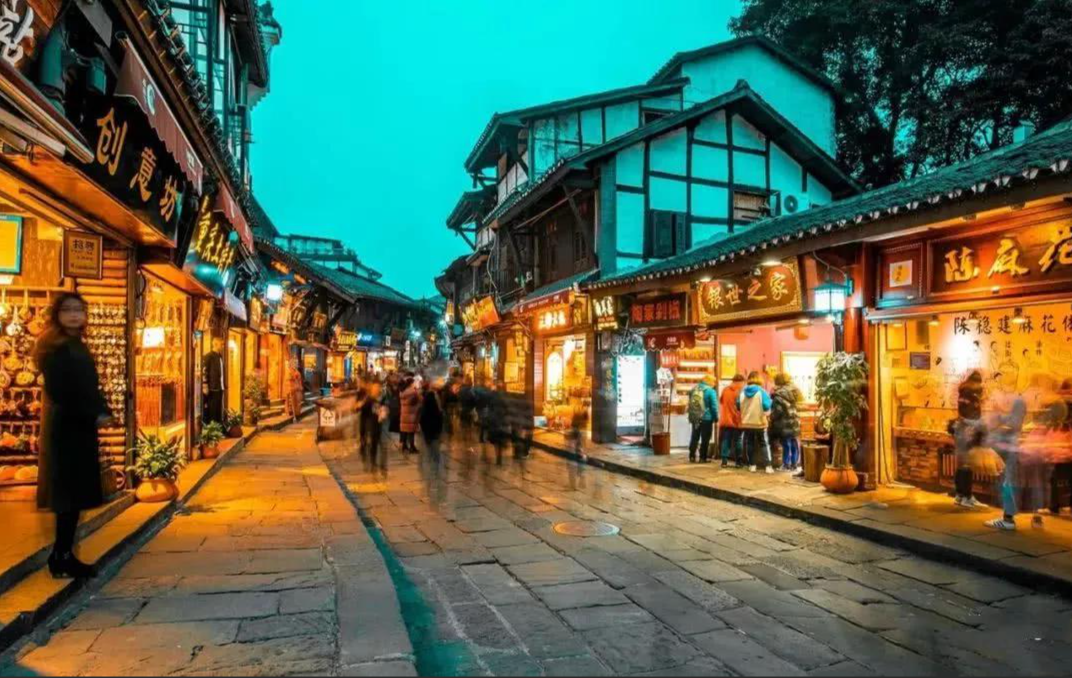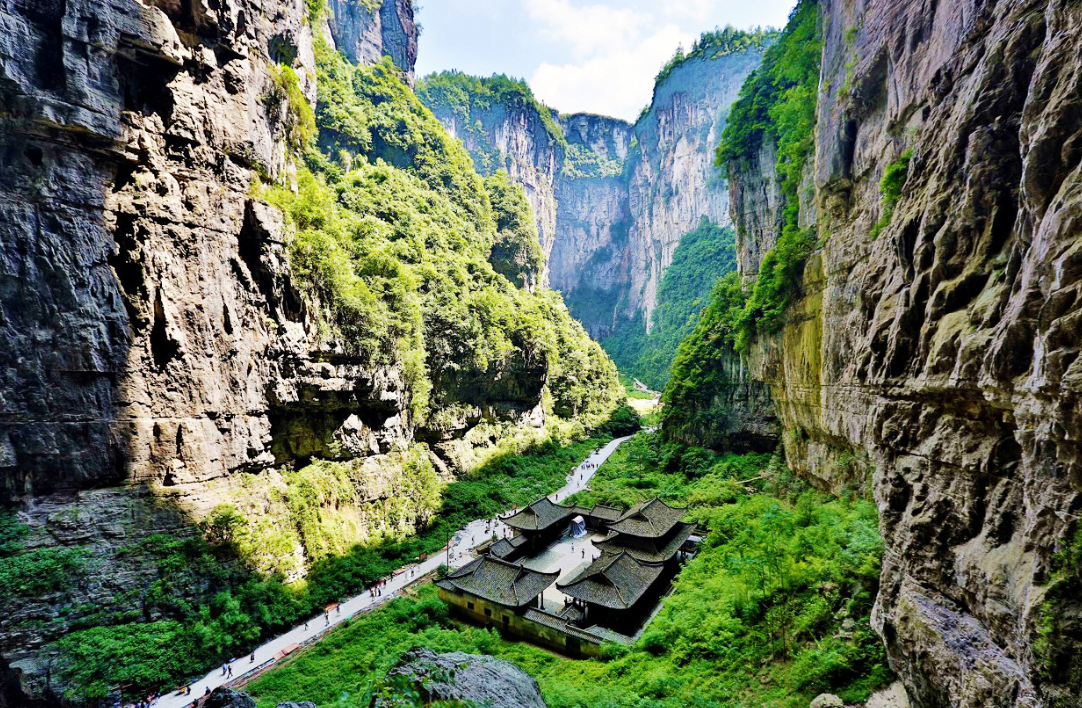Chongqing Travel Guide
Perched at the Yangtze and Jialing Rivers' confluence, Chongqing—China's "Mountain City"—thrills with dramatic landscapes, fiery cuisine, and a pulse of resilience. A gateway to the wild west, its steep slopes, misty valleys, and gravity-defying architecture stacked like staircases, create a cityscape unlike any other.
Why Visit Chongqing?
Contrasts Captured: Ancient gates stand steps from futuristic towers; misty mountains frame a metropolis where tradition and innovation collide.
Strategic & Scenic: Once China’s WWII wartime capital, now a vibrant hub of culture, history, and jaw-dropping natural beauty, an 8D metropolis.
With 30 million residents but an intimate urban core, Chongqing invites you to explore its dizzying stairways, savor its bold flavors, and uncover a city that defies expectations at every turn. Ready to climb?
Popular Attractions in Chongqing
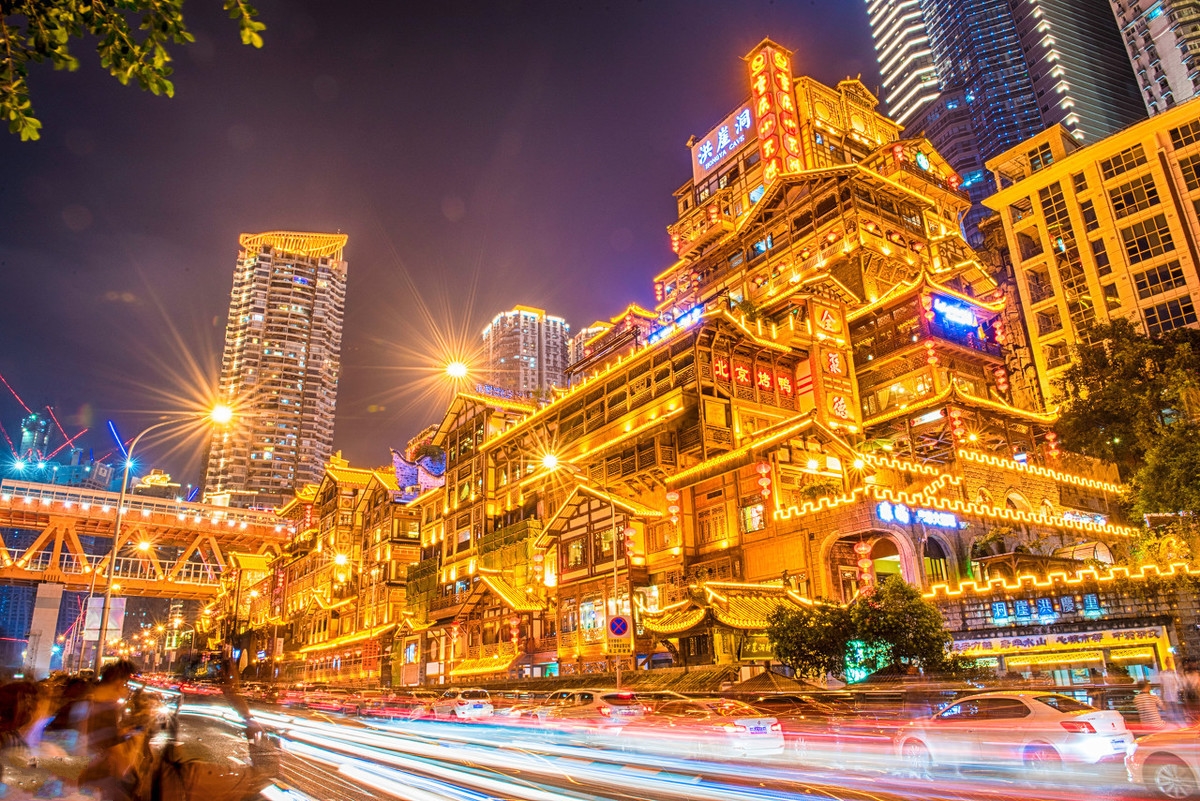 Hongya Cave, or Hongyadong, is a must-visit landmark in Chongqing, blending history, culture, and modern vibrancy. Situated along the Jialing River, this 11-story stilted complex features traditional "Diaojiaolou" architecture, adapting to the city's steep terrain. With a history dating back over 2,300 years, it was originally a military fortress and later a commercial hub. Today, it combines traditional design with modern amenities, offering visitors a glimpse into Chongqing’s past and present.
Hongya Cave, or Hongyadong, is a must-visit landmark in Chongqing, blending history, culture, and modern vibrancy. Situated along the Jialing River, this 11-story stilted complex features traditional "Diaojiaolou" architecture, adapting to the city's steep terrain. With a history dating back over 2,300 years, it was originally a military fortress and later a commercial hub. Today, it combines traditional design with modern amenities, offering visitors a glimpse into Chongqing’s past and present.
The complex is divided into four main streets, each reflecting the city’s rich cultural heritage while providing modern attractions like restaurants, bars, and shops. At night, Hongya Cave transforms into a fairy-tale scene with thousands of colorful lights, creating a mesmerizing atmosphere that attracts photographers and tourists alike. This contrast between traditional architecture and vibrant lights embodies Chongqing’s dynamic character.
Beyond its visual appeal, Hongya Cave is a cultural and culinary hub. Visitors can explore traditional Bayu culture through local crafts, costumes, and performances, while food enthusiasts can enjoy Chongqing’s famous spicy cuisine, including hotpot and street snacks. The complex also hosts regular cultural events and festivals, adding to its lively atmosphere.
For a captivating experience, visit Hongya Cave in the evening when the lights come alive, and take time to wander through its streets, savor local delicacies, and immerse yourself in Chongqing’s rich heritage.
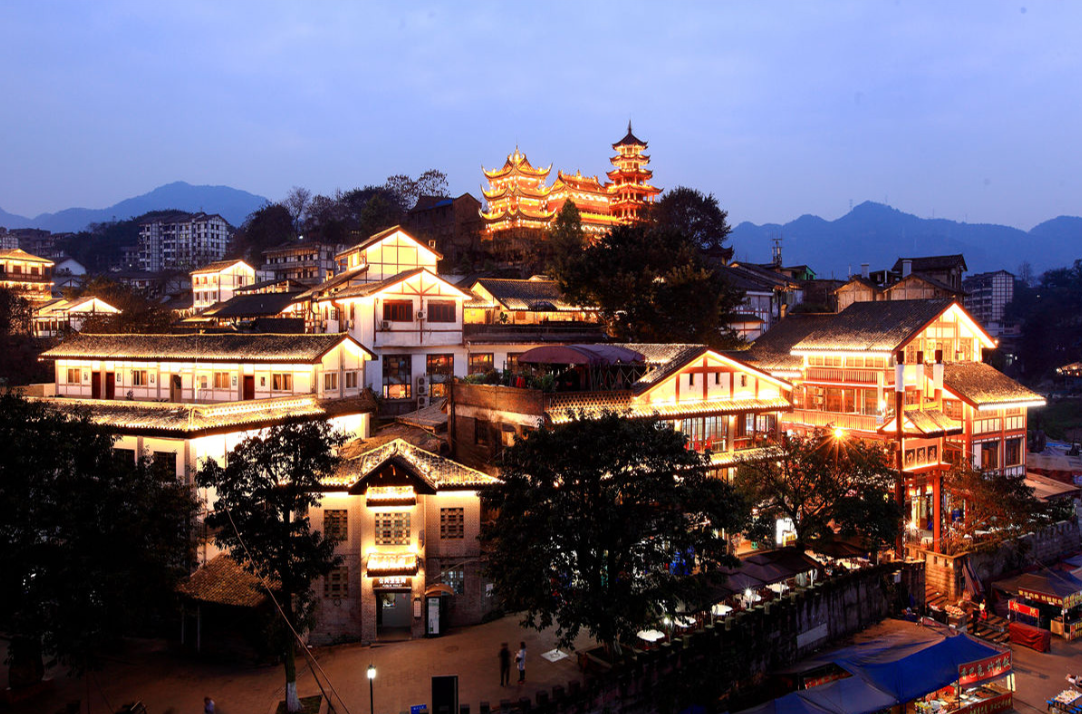
Ciqikou Ancient Town, also known as "Little Chongqing," is a historic and cultural landmark in Chongqing. Located in Shapingba District along the Jialing River, it dates back to the Song Dynasty and was once a vital water and land dock. The town is famous for its unique topography, described as "one river, two streams, three mountains, and four streets," with the Jialing River in front and hills like Jinyu Mountain and Ma'anshan in the back.
The town's architecture reflects traditional Sichuan-style design, with stone-paved streets and wooden structures. It is home to various cultural and historical sites, such as Bao伦Temple and the former residence of Lin Sen, the chairman of the Republic of China. Ciqikou is also known for its rich cultural heritage, including folk customs, religious practices, and traditional handicrafts like pottery and embroidery.
Visitors can explore the town's narrow alleys, sample local delicacies like spicy hotpot and Chen's fried dough twists, and enjoy traditional performances like Sichuan opera. The town is open all year round and admission is free, making it an ideal destination for both history enthusiasts and casual tourists.
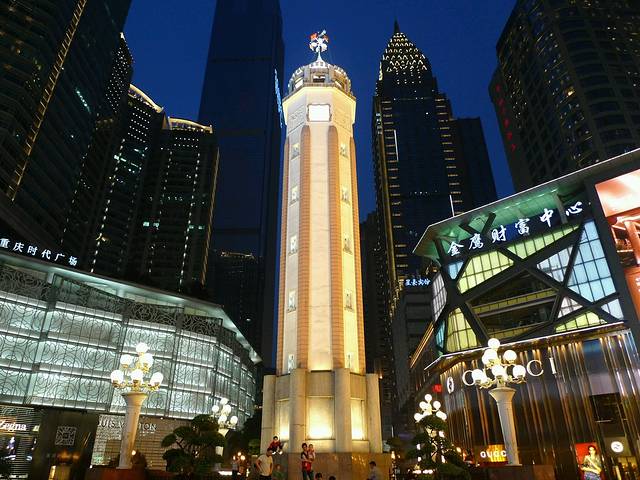
Jiefangbei Pedestrian Street is the commercial and cultural heart of Chongqing, located in Yuzhong District. Centered around the Liberation Monument, the street spans Minquan Road, Minzu Road, and Zou Rong Road. Historically a bustling area since the Ming and Qing dynasties, it became a hub during the WWII era when Chongqing served as China’s wartime capital. Originally named the "Victory Monument," it was renamed "People’s Liberation Monument" after 1949.
Today, the street is a blend of history and modernity. It is lined with shopping centers, restaurants, and entertainment venues, offering everything from local snacks like spicy hotpot and skewers to international cuisine. The area is also home to historic sites and cultural events, such as the West Clock Festival and Guochao Coffee Culture Festival.
Recently renovated, Jiefangbei has evolved into a national model pedestrian street and smart commerce district. It combines traditional architecture with modern retail, making it a popular destination for both locals and tourists. Whether you’re shopping, dining, or soaking in the atmosphere, Jiefangbei Pedestrian Street captures the essence of Chongqing’s vibrant urban life.
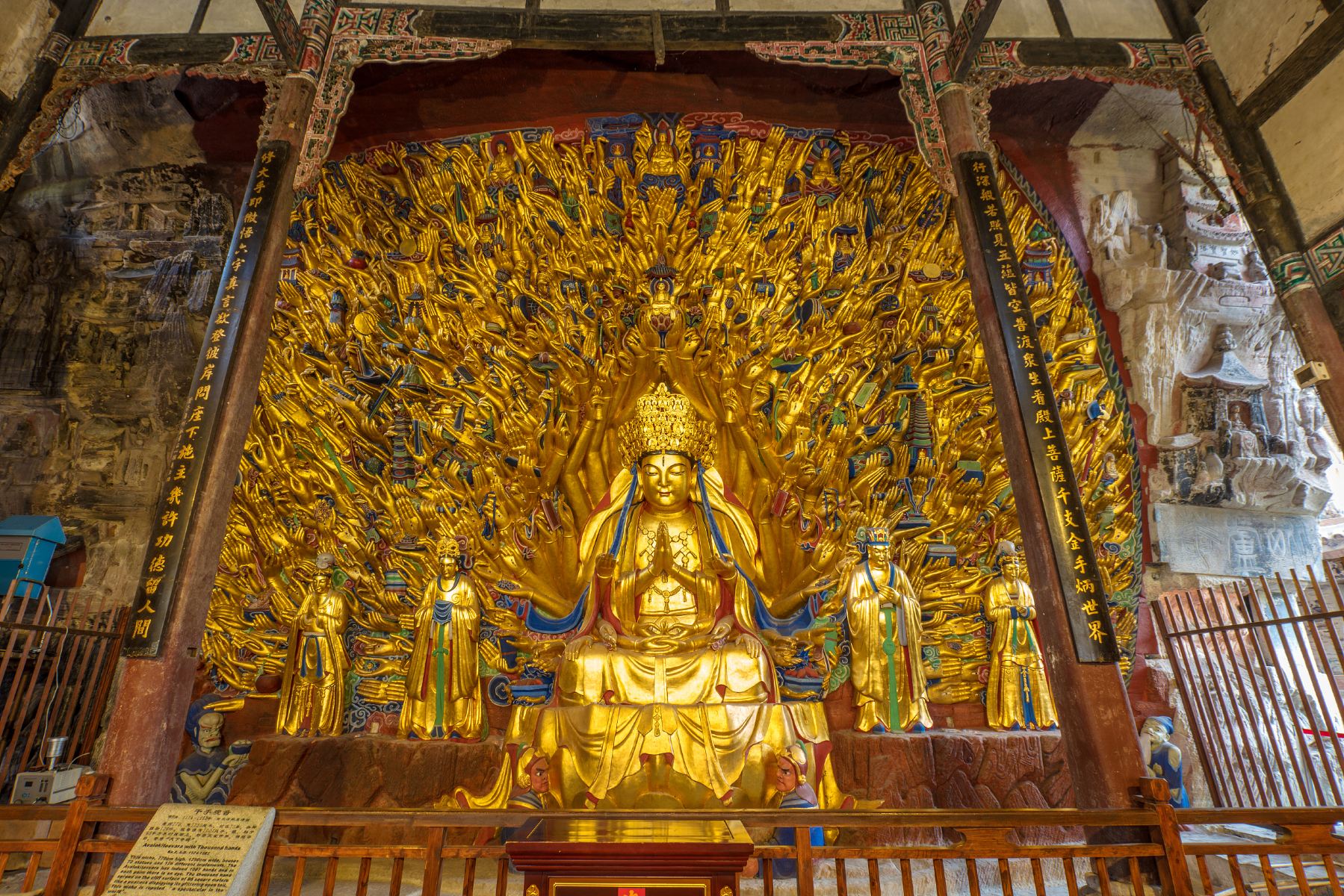
The Dazu Rock Carvings, located in Dazu District, Chongqing, are a remarkable collection of stone carvings dating back to the Tang Dynasty. With over 50,000 statues and 100,000 characters of inscriptions, these carvings are primarily Buddhist but also incorporate Daoist and Confucian elements, reflecting the harmonious coexistence of these philosophies. The carvings began during the early Tang Dynasty and reached their peak in the Song Dynasty, with additional work during the Ming and Qing dynasties. They are renowned for their large scale, intricate details, and excellent preservation, making them a significant example of late-period Chinese cave art.
The Dazu Rock Carvings were designated a UNESCO World Heritage Site in 1999, recognized for their cultural and artistic significance. Key sites include Baodingshan, Beishan, Nanshan, Shimenshan, and Shizhuanshan, each featuring unique carvings and themes. These carvings not only showcase exceptional craftsmanship but also provide insights into the religious and cultural landscape of their time. For visitors, the Dazu Rock Carvings offer a profound journey through China’s rich artistic and spiritual heritage.
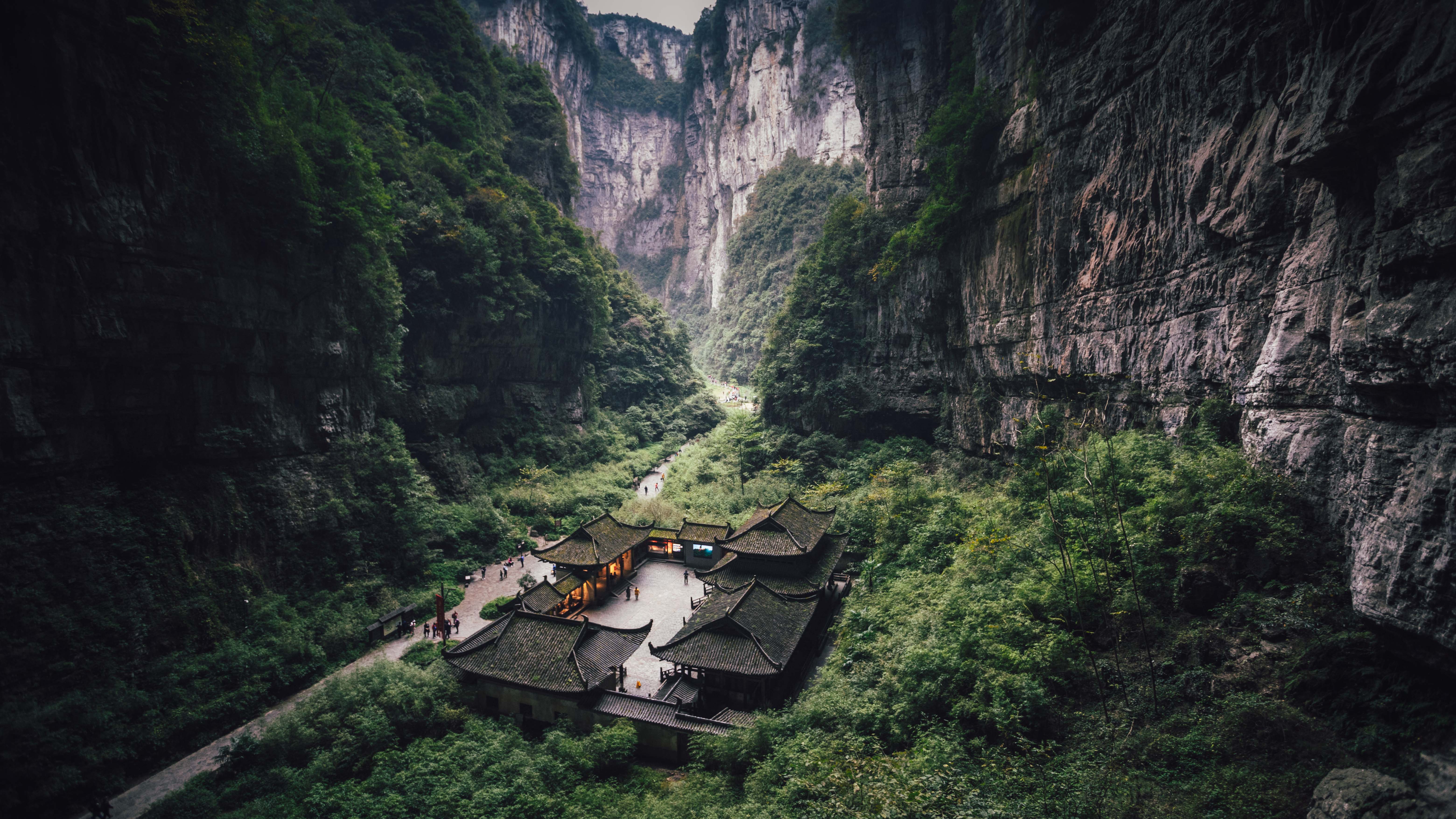
Wulong Karst National Geology Park, located in Wulong District, Chongqing, is a UNESCO World Heritage Site known for its stunning karst landscapes. This park showcases a variety of karst features such as natural bridges, caves, sinkholes, and underground rivers. The park is divided into several main areas, including the Three Natural Bridges, Furong Cave, and Longshuixia Fissure Gorge.
The Three Natural Bridges, named Tianlong, Qinglong, and Heilong, are massive limestone bridges that tower over valleys and rivers. These bridges are not only a natural wonder but also a popular filming location, featured in movies like "Transformers: Age of Extinction."
Wulong Karst's landscapes have also been featured in several international films, enhancing its popularity among tourists and geologists alike. The park's unique geological formations and natural beauty make it a must-visit destination for nature enthusiasts and adventure seekers.
Best Time to Visit Chongqing
The best time to visit Chongqing is during spring (March to May) and autumn (September to November). These seasons offer pleasant weather, making it ideal for outdoor activities and exploring attractions. Spring is also marked by cultural festivals, while autumn brings vibrant foliage.
Summer: Chongqing is known for its extreme heat and humidity, but it’s a great time to enjoy hotpot and visit mountain retreats like Wulong.
Winter: Cold and foggy, but it’s perfect for experiencing Chongqing’s hot springs and unique winter atmosphere.






























